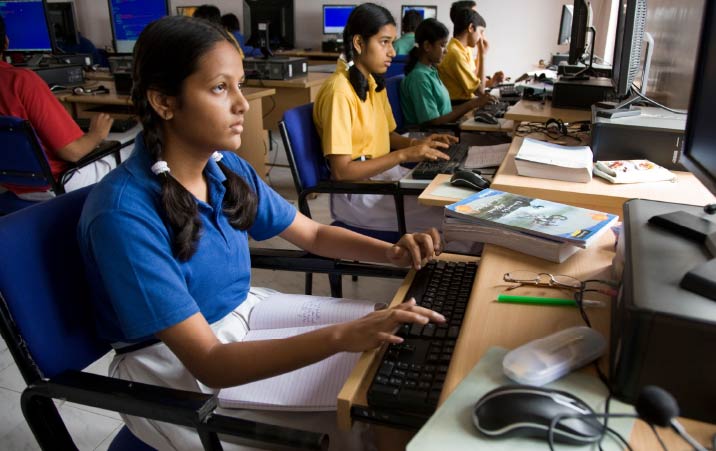Ed-tech firms are at the forefront to bridge the digital divide between private and govt schools
The year 2020 was of paradigm shifts. The Covid pandemic may have forced this , but then many good things came out of it — it pushed the Indian education system into the digital space, a move that has long been overdue.
Critics can argue that India’s adoption of digital education is a delayed response to a long-standing need, but to compete with global education standards, we need to start somewhere and the time was opportune. Amongst the many challenges that plague the education system, infrastructure has always been the No 1 deterrent that has prevented schools from making this transition.
Schools are now consciously upgrading their facilities to reduce the disparity with global education standards and to ensure Indian students have the same level of academic readiness as their counterparts anywhere else. Having said that, we must also understand that this transition is easier for private schools as they have the money and the means to achieve their goals. In this race to compete with global standards, we often tend to forget that the public education system faces many crucial handicaps, most of which are tied to infrastructure.
ALSO READ – How Drones Are Changing The Future Of Education
Novel solutions
To change that edtech companies are pulling in resources to offer products and solutions that cater to schools. A lot of companies are offering products that can work in full capacity without the use of the internet or electricity. Incubators are pouring money into companies that use solar power to charge their projector+device components instead of electricity. More and more open-source platforms are entering the market hoping to solve the digital divide crisis and increasingly companies are focussing their efforts to offer services to the largest yet vastly untapped segment of the education market — the government schools.
At a policy level, the government has issued the National Education Policy that directs the Department of Education to mass digitize the schools that come under their domain, enlisting the help of key players in the market to help them do so. A key example of this is the app that the government has launched with the aim of supporting students with exam resources and teachers with training content.
This is also very encouraging for young entrepreneurs looking to create items of importance that can deliver equitable technology for a fraction of the costs that private schools are used to spending.
India may not have robots in schools or tech labs that are on a par with countries like Japan or South Korea yet, but we have the means to achieve that. Before we get there, we must understand and appreciate the tech innovations that are giving students an entry into the world of tech, and in good time, we will have innovation labs not only in universities but also in schools.
Adversity is the mother of all innovation and the problems in education technology must be solved creatively. It is estimated that the global ed-tech sector is soon to be a $7-trillion industry and hopefully, with resource allocation favoring the growing tech boom in India, the education sector will receive the funds it needs to grow and explore. For, now, we have options that cater to the problems. Very soon, we will have products that will eliminate the problems at its source.
COURTESY – BUSINESSLINE
